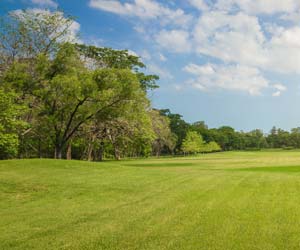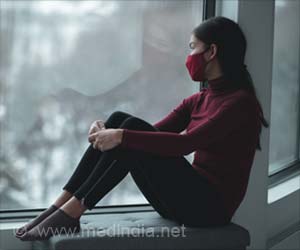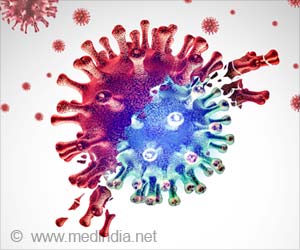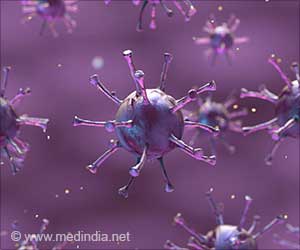Urban residents are aware of the value of green and blue spaces and therefore, it is necessary to include these in the development strategy of a modern city to ensure safe and comfortable life and maintain human health.

‘Urban residents are aware of the value of green and blue spaces and therefore, it is necessary to include these in the development strategy of a modern city to ensure safe and comfortable life and maintain human health.’





RUDN University scientists with colleagues from Australia and Germany studied how the restrictions associated with COVID-19 affected the use of blue and green infrastructure by citizens in Moscow (Russia) and Perth (Australia), and what consequences this had for their health. In the article "Human Dimensions of Urban Blue and Green Infrastructure during a Pandemic.
The Case Study of Moscow (Russia) and Perth (Australia)", published in Sustainability, they presented the results of a study on the importance of green and blue infrastructure for the physical and mental health of the citizens.
The results give a basis for developing a balanced strategy for landscape design and urban space planning based on the development of green infrastructure that allows effectively maintaining the well-being and health of citizens, especially during a crisis such as that caused by COVID-19.
The significant challenges caused by the COVID-19 pandemic emphasized that the concept and features of the modern environmentally balanced cities development should consider not only the implementation of economic and social urban strategies, but also functional urban design, related to the urban spaces planning and the development of green infrastructure.
Advertisement
In order to identify the way people relate to green and blue urban objects and what role they play in providing a comfortable environment, as well as how the general restrictions associated with COVID-19 affected the nature of their interaction with natural infrastructure, they developed a questionnaire of 25 questions, which became the basis of an online study.
Scientists analyzed the social aspects of citizens' perception of natural objects of the urban and emphasized the importance of contact with nature for maintaining physical and mental health, socio-cultural identification, and socialization (the importance of green and blue objects as social and multicultural spaces).
In both cities, measures taken during the COVID-19 restricted people's access to green spaces and water bodies, which negatively affected their mental and physical health and well-being.
The survey results showed that the quality, functionality, and location of open natural spaces illustrate the inequality in their distribution and accessibility to the population. In some cases, it was noted that residents of certain areas of cities suffered from limited access to natural objects.
"The COVID-19 circumstances, when access to natural urban facilities was limited for millions of people around the world, highlighted that in extraordinary situations, urban nature can play an essential role in contributing to human well-being and shaping human-nature relationships.
Studies have confirmed that public green and blue spaces play a key role not only in maintaining a comfortable environmental situation, but also in restoring mental and physical health during and after an emergency. However, the issues of how these differential impacts could influence future urban development that will make the cities sustainable and resilient towards addressing challenges, such as those associated with the COVID-19 pandemic and climate change, need to be better understood.
In this sense, the comparison of experiences from cities in different countries could be very valuable," says Diana Dushkova, PhD, associate professor at the RUDN University and senior researcher at The Helmholtz-Centre for Environmental Research The researchers compared Moscow and Perth as two cities with different approaches to the organization of natural objects and landscaping strategies. In Moscow, most of the green areas and water bodies are open to public.
In Perth, more than half of the city's green infrastructure facilities are located on private territories. It turned out that residents of Perth and Moscow consider access to nature equally important, even though cities differ in size, climatic conditions, and planning approaches.
In both cities, more than 60% of residents said that the opportunity of contact with nature is important or extremely important for physical and mental health. Among the main values of contact with nature, citizens noted fresh air (82.9% in Perth and 51.6% in Moscow), a sense of unity with nature (89.5% in Perth and 71.2% in Moscow), the scenic beauty (89.5% in Perth and 71.2% in Moscow). The differences in the responses of residents of the two cities are noticeable in questions that relate to the specifics of the restrictions adopted in the pandemic.
Changes in visiting natural spaces before and during the pandemic are especially noticeable in Moscow, where strict restrictions were introduced. 56.9% of Muscovites visited green and water zones less often. In Perth, parks and other natural recreation areas remained open, and 59.4% of residents did not visit urban natural spaces less often, and 26.7% even began to do it even more often.
"Our results showed that urban residents are aware of the value of green and blue spaces and emphasize their important role in maintaining health and well-being, especially during the COVID-19 pandemic. This is new convincing evidence that the issues of accessibility of natural objects and their balanced distribution in urban areas should be considered in the development strategy of a modern city, which considers the new requirements of the modern world in ensuring safe and comfortable life and maintaining human health.
In addition, it indicates that access to nature and public rights to use green spaces determine the overall resilience of cities to the crisis. The obtained results obtained provide the basis for further research in the development of modern approaches to landscape design and planning of urban green and water zones and allow us to see how effectively they can ensure and maintain the well-being and health of citizens, especially during a crisis such as that caused by COVID --19," says Diana Dushkova.
Source-Eurekalert










